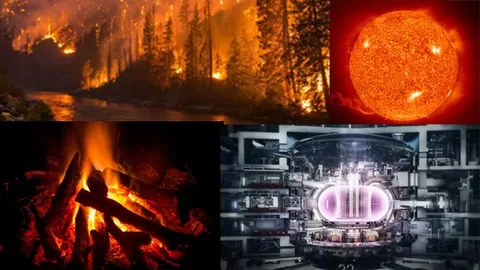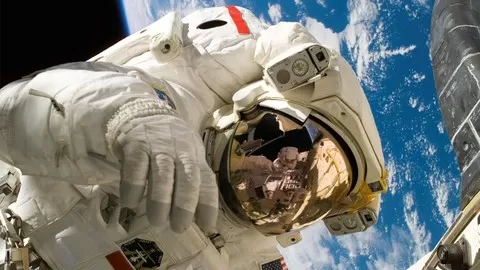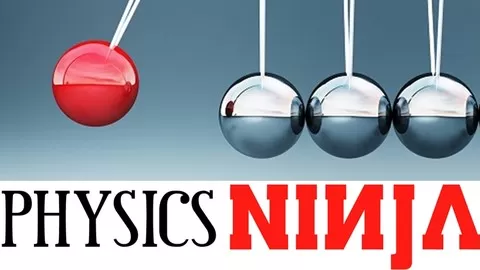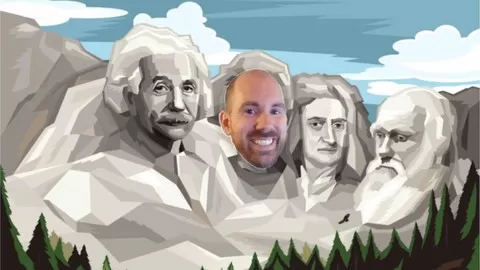What is the nature of matter and energy? What is physics? What is chemistry? What is the difference between a chemical and nuclear reaction? In this course, minimizing the math to emphasize the science, we study the history of the discovery of the underlying scientific concepts. We start with Isaac Newton, who first formulated the concept of force, defined mass as a measure of an amount of matter, using a property called inertia, and related how these forces change the motion of objects around us, according to their mass. Eventually this led to the concept of energy, the ability to perform work and overcome resistance. Work, a form of energy, was defined as a force operating on an object of mass through a distance. In addition to mass, it was soon discovered that matter had another force-related property called charge. Work and heat energy could be derived from gases. A study of gases led to the concept of atoms. Soon particles were discovered that carried the charge properties of atoms, and a quest was underway to understand the “subatomic” particles that make up atoms. With the discovery of the neutron in 1932, the concept of the atom as we know it today was generally complete.
Along the way, it was discovered that some atoms undergo “spontaneous” radioactive decay, emitting radiations of distinct particles with different masses and charges, “transmutation” of the parent element into a different daughter elements, as well as radiation in the form of “electromagnetic waves.” In 1933, Leo Szilard hypothesized that atoms, absorbing neutrons, might divide into new elements, as well as the known radioactive particles, and release more neutrons in what is known as a chain reaction. The following year, Enrico Fermi demonstrated that these “neutron capture” processes can, in fact, make substances radioactive. But it was Otto Hahn and Lise Meitner that discovered the first example of “fission” in Germany in 1938. The news so alarmed Leo Szilard, that he drafted a letter to FDR and obtained the signatures of several prominent physicists, including Albert Einstein, warning of the possibility of a “fission” atomic bomb. The race for the atomic bomb was on.
During the 1930’s, another nuclear reaction called nuclear fusion was postulated as the energy of the Sun. In the 1950’s, “uncontrolled” nuclear fusion energy was first tapped by humans in the form of a thermonuclear bomb. “Controlled” nuclear fusion has the potential to provide abundant, clean energy with no radioactive byproducts, an ongoing quest to solve humanity’s energy crisis. Nuclear fusion in stars, called nucleosynthesis, produces the elements up to iron, while subsequent cosmic neutron capture creates the remainder of the elements, including all of the atoms in our bodies. “We are stardust, we are golden, we are billion year old carbon, and we’ve got to get ourselves back to the garden.”



![Calculus based physics [No prior knowledge of calculus needed]](https://coursemarks.com/wp-content/uploads/2020/11/1308956_8b07.jpg.webp)



